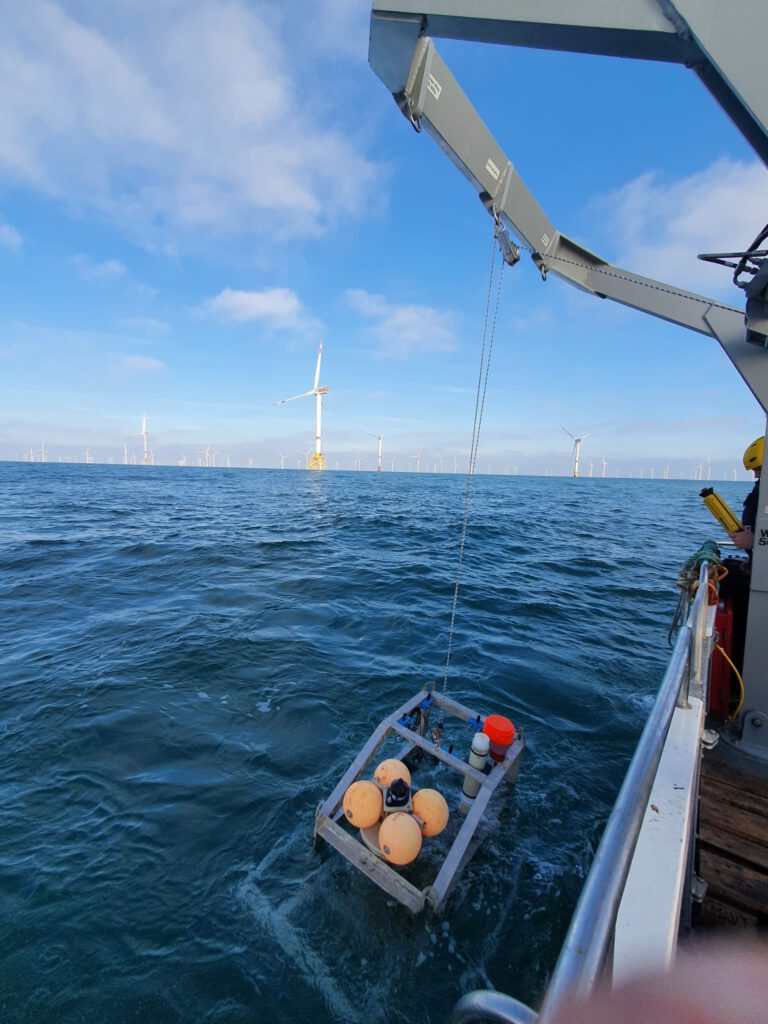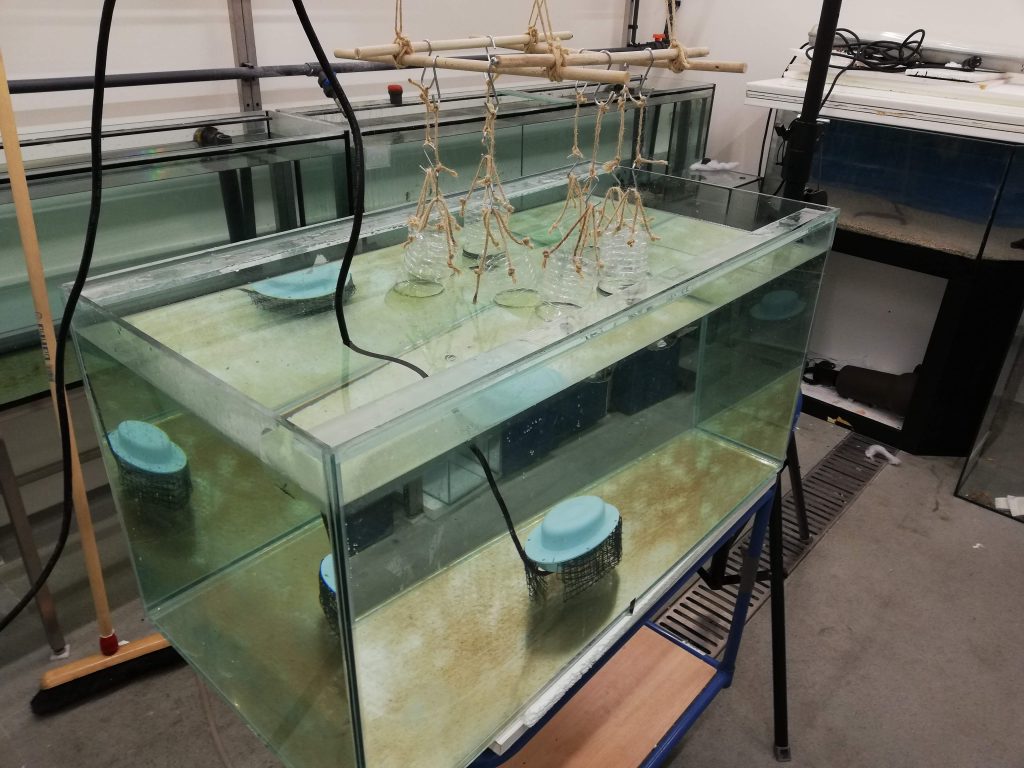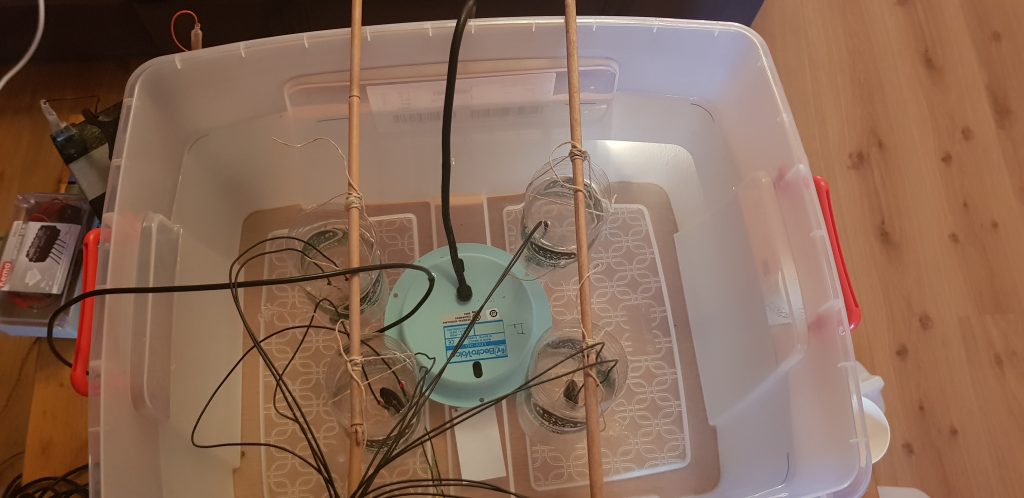In a new paper, we introduce a design for a cost-effective, do-it-yourself valve gape monitor, aimed at measuring the extent of shell openings in bivalves like mussels and clams. This monitor can be used in the field, and offers a tool for monitoring of bivalve behaviour and health.
Bivalves play a vital role in aquatic ecosystems by filtering water and improving its quality. Their shell movements can provide important insights into how they are responding to environmental factors such as water quality, the presence of predators, or human disturbances. The valve gape monitor captures these subtle movements, offering a way to track bivalve health and monitor ecosystem changes.
The monitor makes use of a magnometer attached to one valve to measure the magnetic field strength, paired with a small magnet attached to the other valve. As the valve opens or closes, the distance between the magnet and magnometer changes, impacting the measured magnetic strength. This allows us to track the extent of shell opening. The monitor is built using affordable Arduino hardware and open-source software, and both the design and the code are make publicly available for other to replicate and use in own experiments.
We successfully tested the monitor in the field on three blue mussels, which were actively filter-feeding during most of the valve gape monitor deployment and also closing their shells occasionally. The latter behavior may indicate the disposal of feces and pseudofeces, or a response to a predator. These pilot results suggest that the monitor can reliably capture valve gape changes in response to the mussels’ behaviour, demonstrating the potential of this tool for broader ecological monitoring applications.
This affordable monitor opens up new possibilities for field researchers and environmental scientists to monitor bivalve activity, offering valuable insights into water quality and ecosystem health.
Read all about it in the paper: de Bruyn, W., Schendstok, J., & Hubert, J. (2024) VGWatch: A low-cost stand-alone monitor to measure the valve gape of bivalves in the field. Ecol. Indic. 163, 112085.






























